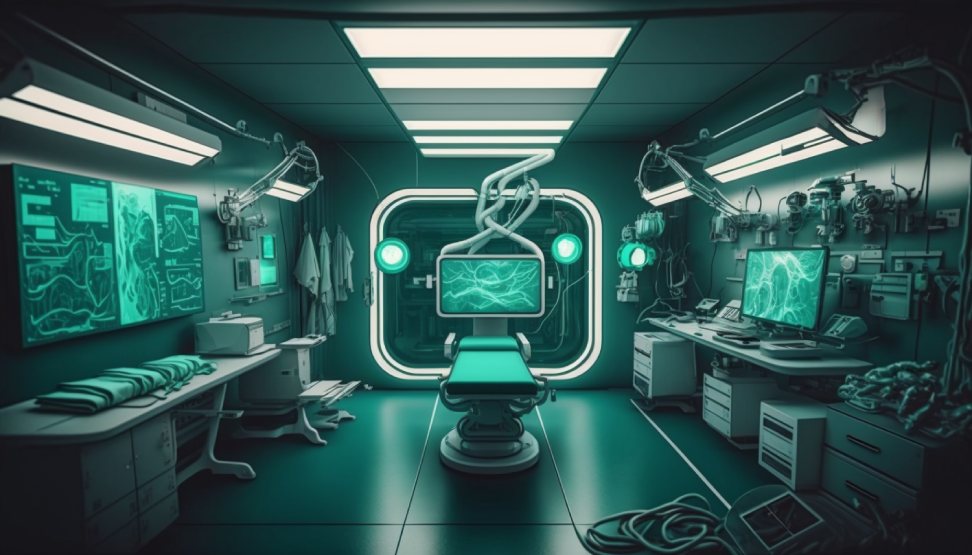King 567, Betbhai247, Apbook247: Surgical robotics has revolutionized the field of medicine by introducing cutting-edge technology into the operating room. With the implementation of robot-assisted systems, surgeons are now able to perform complex procedures with enhanced precision and control. This has greatly reduced the margin of error in surgeries, leading to improved patient outcomes and quicker recovery times.
One of the key benefits of surgical robotics is the ability to conduct minimally invasive procedures with greater ease and efficiency. With the use of robotic arms and instruments, surgeons can access hard-to-reach areas of the body through smaller incisions, resulting in reduced scarring, less pain, and shorter hospital stays for patients. This advancement in technology has not only transformed the way surgeries are performed but has also paved the way for more detailed and intricate surgical interventions.
Robot-Assisted Minimally Invasive Procedures
Robot-assisted minimally invasive procedures have revolutionized the field of surgery by allowing for more precise and accurate operations with smaller incisions. By utilizing robotic technology, surgeons can enhance their visualization and control during complex procedures, leading to improved patient outcomes and faster recovery times. This advanced approach minimizes the risk of complications and reduces the overall trauma to the body, making it a preferred choice for many surgical interventions.
The integration of robotics in minimally invasive procedures has also paved the way for increased efficiency in the operating room. Surgeons can perform intricate maneuvers with greater dexterity and flexibility, thanks to the robotic instruments’ advanced capabilities. This level of precision not only enhances the surgeon’s skills but also ensures that the patient receives the highest standard of care possible. As technology continues to evolve, the potential for further enhancements in robot-assisted surgery remains promising, offering a glimpse of a future where intricate procedures are performed with unparalleled accuracy.
� Robot-assisted minimally invasive procedures revolutionize surgery
� Smaller incisions lead to improved patient outcomes and faster recovery times
� Reduced risk of complications and overall trauma to the body
The integration of robotics in minimally invasive procedures has also paved the way for increased efficiency in the operating room. Surgeons can perform intricate maneuvers with greater dexterity and flexibility, thanks to the robotic instruments’ advanced capabilities. This level of precision not only enhances the surgeon’s skills but also ensures that the patient receives the highest standard of care possible. As technology continues to evolve, the potential for further enhancements in robot-assisted surgery remains promising, offering a glimpse of a future where intricate procedures are performed with unparalleled accuracy.
Improved Precision and Accuracy in Surgery
Apbook365, Apbook Login, Goexch777: In the realm of modern medicine, technological advancements have revolutionized the landscape of surgical procedures. Through the incorporation of robotic assistance, surgeons are now able to achieve unparalleled levels of precision and accuracy in their operations. The use of surgical robots allows for minimally invasive procedures, reducing the risk of complications and significantly speeding up recovery times for patients.
One of the key benefits of robot-assisted surgery is the enhanced visualization that it offers to surgeons. With the aid of high-definition cameras and magnified views, intricate details within the operative field can be observed with remarkable clarity. This level of precision enables surgeons to navigate delicate tissues and structures with unprecedented accuracy, leading to improved patient outcomes and overall success rates in surgical interventions.
What are some advancements in surgical robotics that have improved precision and accuracy in surgery?
Some advancements in surgical robotics include robot-assisted minimally invasive procedures, which allow for more precise and accurate surgical interventions.
How do robot-assisted minimally invasive procedures help improve precision and accuracy in surgery?
Robot-assisted minimally invasive procedures use robotic technology to assist surgeons in performing complex surgical tasks with greater precision and accuracy than traditional methods.
What are the benefits of improved precision and accuracy in surgery?
Improved precision and accuracy in surgery can lead to better outcomes for patients, reduced risk of complications, shorter recovery times, and overall improved quality of care.
Are robot-assisted minimally invasive procedures widely available in hospitals?
Robot-assisted minimally invasive procedures are becoming more common in hospitals, but availability may vary depending on the hospital and the specific procedure being performed.
How can patients benefit from advancements in surgical robotics?
Patients can benefit from advancements in surgical robotics by receiving more precise and accurate surgical interventions, leading to better outcomes and a faster recovery.
Additional:
- Apple, Amazon, Meta, TikTok, Microsoft ‘gatekeepers’ Are Facing New EU Rules
- In The Upcoming Week, Meta Is About To Launch A Web Version Of The Threads App
- Sam Altman Said Indians Would Fail At Building Chatgpt, Reliance Boss Mukesh Ambani Says Challenge Accepted


